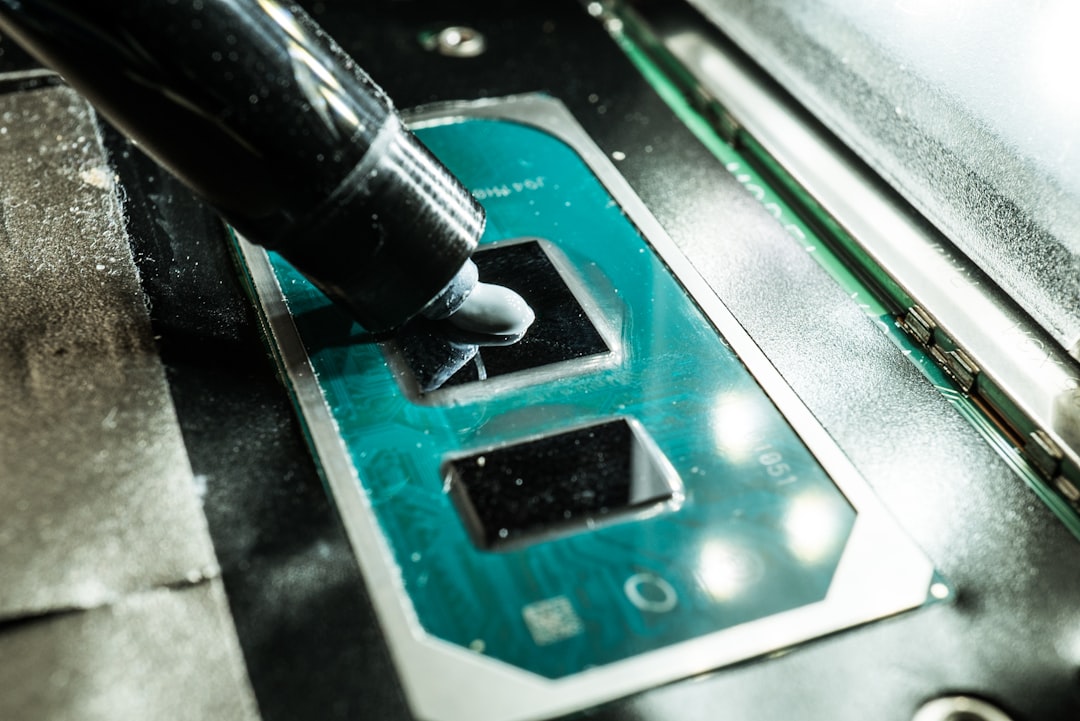What is it about?
This study discusses how zebrafish feeding methods have developed over time, with labs now utilizing commercial aquaculture feeds to enhance growth. However, the effects of intensive feeding methods on fish remain unclear. To address this, the study compared zebrafish fed a high food diet to those fed a low food diet. The results showed that the fish receiving more food grew faster and reproduced earlier, but had a higher proportion of non-viable embryos. In contrast, fish receiving less food and growing at a slower rate produced more embryos with higher viability.
Featured Image

Photo by Codioful (Formerly Gradienta) on Unsplash
Why is it important?
This study highlights the benefits and drawbacks of growing fish at different rates. It also emphasizes the need for careful planning and consideration of the intended goals when adding new fish to a nursery. This includes adjusting growth rates to align with research objectives, rather than adopting a one-size-fits-all approach to raising all fish the same way.
Perspectives
This study was fueled by curiosity and conducted with enthusiasm and excitement throughout. It led to a much better understanding of how we feed zebrafish and the unintended consequences of rapid maturation. The results and knowledge gained from this study have applications not only for our lab but also for other zebrafish labs and potentially for different species used in aquaculture.
Isaac Adatto
Harvard University
Read the Original
This page is a summary of: The effects of intensive feeding on reproductive performance in laboratory zebrafish (Danio rerio), PLoS ONE, November 2022, PLOS,
DOI: 10.1371/journal.pone.0278302.
You can read the full text:
Contributors
The following have contributed to this page










